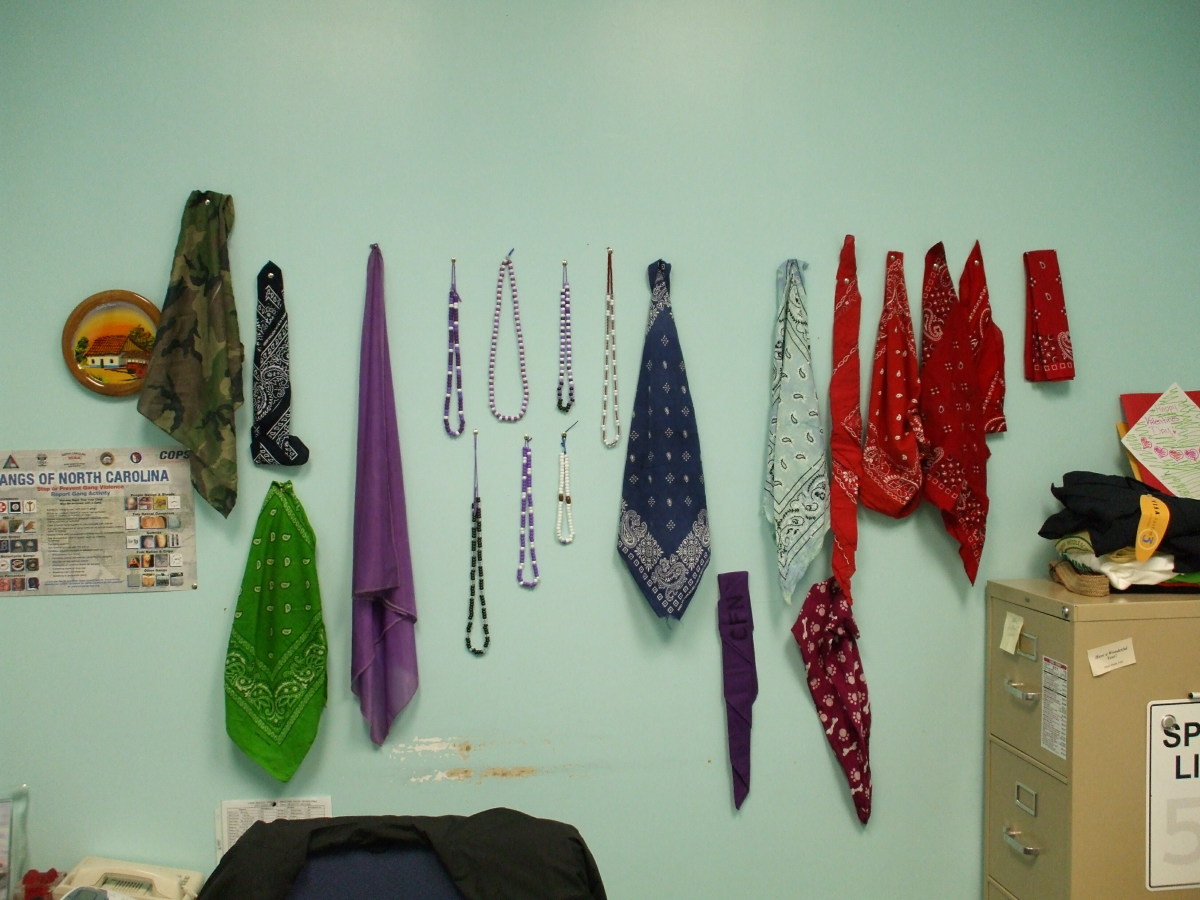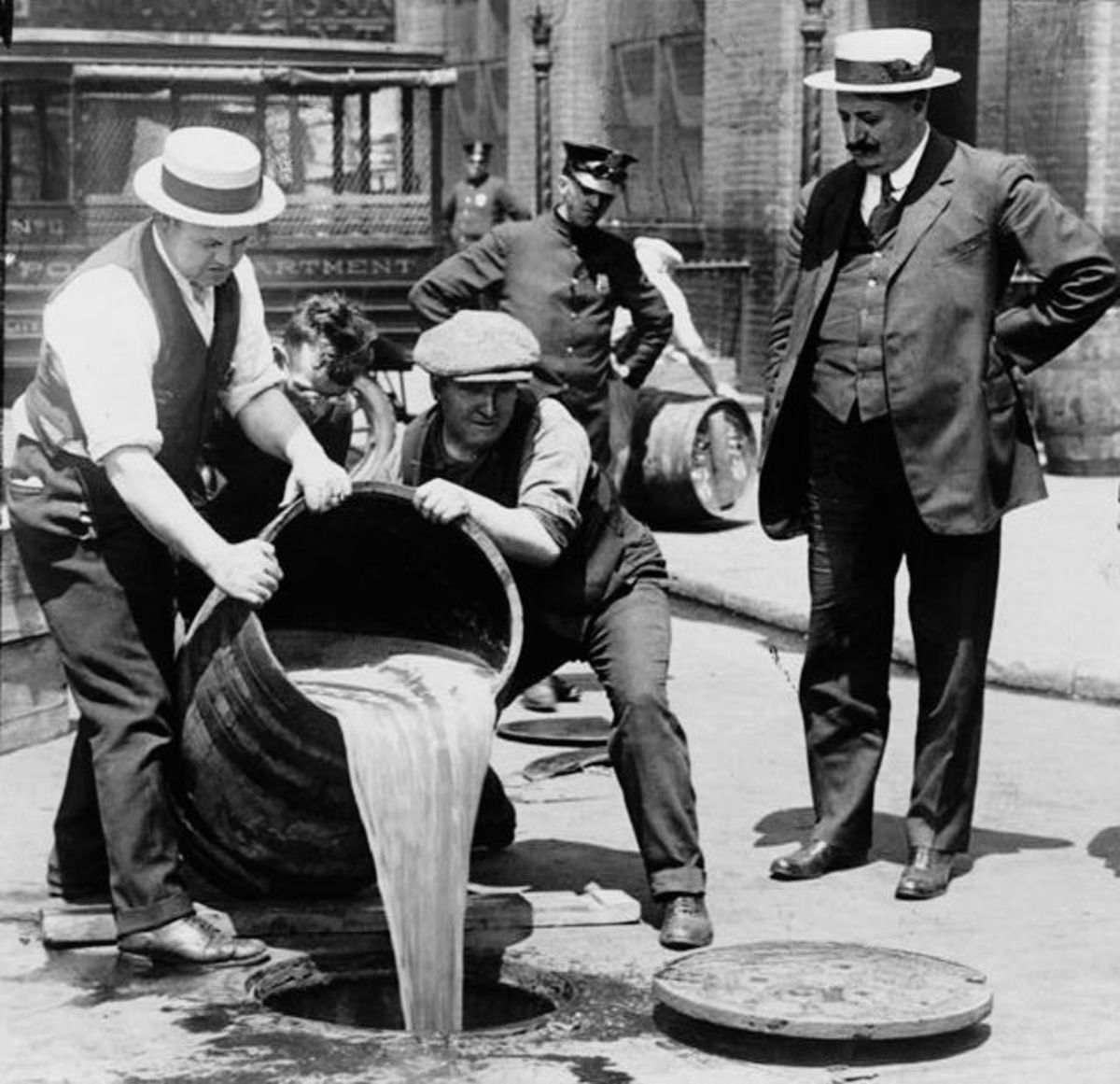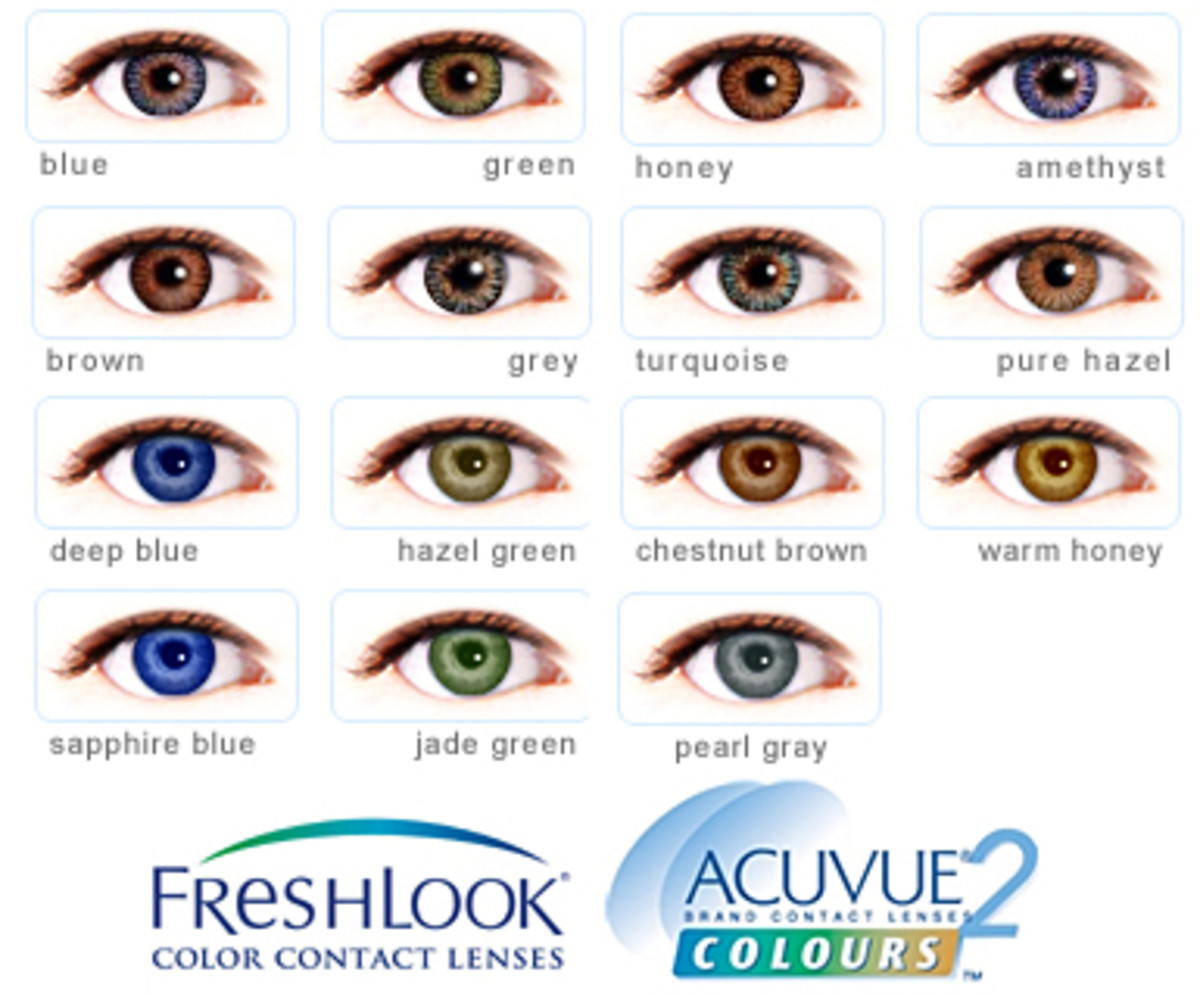Sunglasses: Convenience Or Comfort?
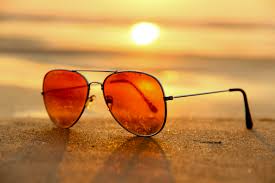
History
Sunglasses have an older history than one might think. The first reference to sunglasses was recorded by Pliny the Elder, a roman naturalist and author. In his work, Naturalis Historia, Pliny described how Emperor Nero watched gladiator games through polished smaragdus, a green mineral with reflective aspects. Historians usually speculate that this green mineral was emerald. Though the glare from those crimson days was strong under the Roman sun, it is unclear whether Nero’s concern lied more with the care of his eyes or of his ostentation.
Interestingly, the next era protective eye wear appeared was during the twelfth century when Inuit tribes from the Alaskan region traveled east on voyages to populate the Canadian frontier, taking with them goggles made from walrus ivory to ward off the sharp glare of the snow during travel. These snow goggles had the general structure of modern sunglasses with solid ivory lenses sporting only thin slits to see through.
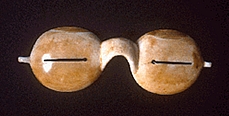
During the same period, halfway across the world, Chinese judges were using shades made of smokey black quartz to shield their eyes from the judicial courts. This was done specifically to hide the judges’ emotions so that the proceedings would be as unbiased as possible.
In the eighteenth century the English optician, James Ayscough, began tinting the lenses of spectacles green in an attempt to improve visual impairments. These were very popular among senior citizens with fading vision. Whether Ayscough’s theory about green tint rebuilding optical impairments was correct or not, the real breakthrough came a century later when syphilitic patients discovered that the tint helped shield their sensitive eyes from light. Tinted spectacles also provided greater comfort by allowing them to suspend a prosthetic nose, typically made of metal, during the later more distressing stages of syphilis.
The comeback of sunglasses during the twentieth century was characteristically brought about by necessity. In Hollywood, the land of picture shows, movie stars were often showered with attention and the flashing lights of paparazzi cameras. These antique cameras had bulbs made of magnesium which would flash dangerously bright; especially for those famous enough to encounter them regularly. Coupled with the visual strain from arc lights, commonly used on sets at the time, silent film stars tended to have chronic discomfort. It was because of these occupational hazards that movie stars began using protective eyewear as part of their daily attires.
The next resurgence of protective eye wear came less than a decade later when Sam Foster invented sunglasses. He was the first to market a product called sunglasses, specifically meant for protecting one’s eyes from the sun. He founded the Foster Grant Corporation, and within a year of marketing in Atlanta the sunglass sensation had swept the country. Many new technologies arose like the development of night goggles in 1933 to “Avoid Accidents” and “make night driving as safe as day.” The wild popularity of sunglasses began to shift from practical to symbolic. Though Foster’s novel idea had essentially been protection from the sun, his product quickly became a fad. Traveling with sunglasses was fashionable as displayed in many of the 1930’s posters featuring sunglass bespectacled movie stars, whose need for visual protection ironically predated Foster’s revolution. Their participation however only added to a quickly developing subculture which firmly instituted sunglasses as a posh American icon.
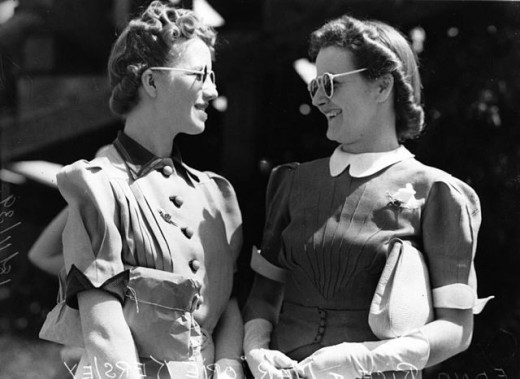
Disconnection
Is it any wonder that teenagers in the later half of the century found the use of sunglasses irresistible? But while young baby boomers and millennials were busy feeling posh they found yet another use for sunglasses – disconnection. According to Dr. Jennifer Hall-Lande, and company, adolescence is a period in which both independence and support is needed. Finding a healthy balance for these conflicting needs can often result in acting out. This is a painful and embarrassing process of conflict with parents and authority which doesn’t always pay off. A subtle way of dealing with the stress can often be disconnecting from the world at large. Sunglasses fill this demand rather perfectly. They cut off all interaction with, or perception of, the wearer’s emotional home center - the eyes. Because sunglasses are vastly in style this bespectacled state can simultaneously accommodate both the desire to be independent and the instinct to derive support from peers, all while hiding the insecurity behind the action. They are, quite literally, a shield from the world.
Teenagers, however, are not the only members of the population who made this discovery. Actors’ original need of protective eye wear no longer exists, but the sunglasses have staid. Understandably, the sheer magnitude of personal attention a famous actor can attract can be overwhelming. Sunglasses serve the same uses for these famous users as they do for budding adults. They keep the world at an emotional distance while maintaining a confident iconic persona, disconnecting the actor’s true person from the public eye.
Use Of Sunglasses In Law Enforcement
Another faction that has utilized sunglasses this way is general law enforcement. Any Hollywood film depicting an officer rarely presents him without his ray-bans. Though this is stereotypical, there is a premise for it in the real world. Considering the extreme need for any officer to be observant of his surroundings, especially during dangerous situations, it is not hard to imagine that disconnection would be useful. “You’re always looking for anomalies in any situation,” Secret Service Director Ralph Basham claims. These men are trained to observe people from a suspicious perspective. An emotional shield, therefore, provides them with an analytical advantage. In the observational capacity sunglass protection makes a great deal of sense for officers. But sometimes the latter advantages have gotten in the way. In Essex police officers have been banned from using protective eyewear unless necessary in a driving capacity because “Shades hide the eyes and can intimidate people on the street.” Evidently sunglasses do too well a job in providing a disconnect for police, ironically the very reason they provide comfort in this case.
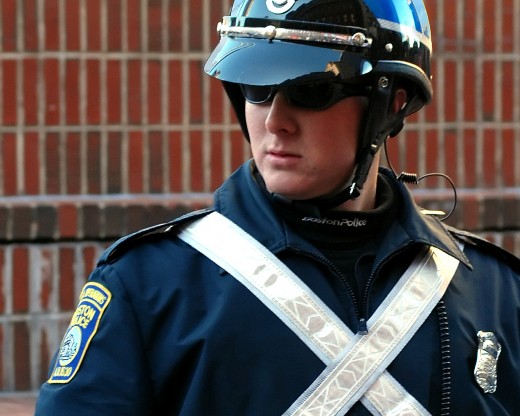
Sunglasses At Night
Perhaps the most openly public acknowledgement of this type of use for sunglasses was the release of a metaphoric Canadian single in 1984 called Sunglasses At Night. According to popular belief the artist, Corey Hart, was trying to describe a totalitarian society which enforced the universal use of sunglasses at night. Supposedly, because of studio preferences, the song was adjusted to have more of a romantic meaning. Either way, the lyrics express the uncanny ability of sunglasses to cover or hide individual humanity.

Peace Or Prison?
This brings us to the downfall of protective eye wear in polite society. Like a battleground, society creates high level stress and mistrust. Surviving this environment demands at least fifteen years of study and qualifications. With so many subcultures to circumvent on a day to day basis protective armor has evolved. It has shrunken from bulky iron breast plates to fragile poly carbonate lenses. Every variety, from rose colored to aviation lenses, carries with it the byproduct of altering reality either from the wearer’s or the world’s perspective. It’s worth considering whether shielding the windows to the soul is more of a peace of armor or a prison.
References
Pliny. Natural History. Glasgow: Harvard University Press, 1967. Print.
n.p. “Snow Goggles.” Canadian Museum of History. n.d. Web. 10 Apr. 2016.
n.p. “Sunglasses: The History of Sunglasses.” A2Z of Health, Beauty and Fitness. n.d.
Web. 10 Apr. 2016.
Wright, Jennifer. “Syphilis Sufferers and Movie Stars: The Real History of Sunglasses.”
Racked. 6 Apr. 2015. Web. 10 Apr. 2016.
n.p. “Sunglasses History.” The Great Idea Finder. 4 Dec. 2006. Web.
10 Apr. 2016.
n.p. Nite-Glare Goggles. 1933. Poster Advertisement. Silver Lining Opticians.
Hall-Lande, Jennifer A; Eisenberg, Marla E; Christenson, Sandra L; Neumark-Sztainer,
Dianne. “Social Isolation, Psychological Health, And Protective Factors In
Adolescence.” ProQuest. 2007. Database. 11 Apr. 2016.
Oldenburg, Don. “Secret Service Film Goes Behind the Sunglasses.” The Washington
Post. 22 Oct. 2004. Database. 11 Apr. 2016.
n.p. “Sunglasses are out, police told.” ProQuest. 5 Sep. 2008. Database. 11 Apr.
2016.




